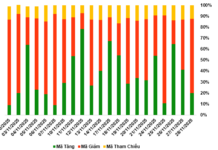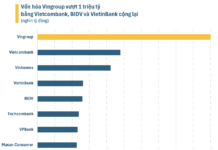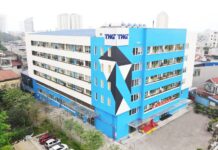Developing high-tech industries, building Da Nang into a national startup and innovation center is one of the 5 key areas according to Resolution No. 43 of the Politburo, on construction and development of the city by 2030, vision to 2045. To achieve this goal, Da Nang is determined to build an ecosystem for the electronic, semiconductor, and chip industry; in which, developing the workforce is a decisive factor for the development of this industry.
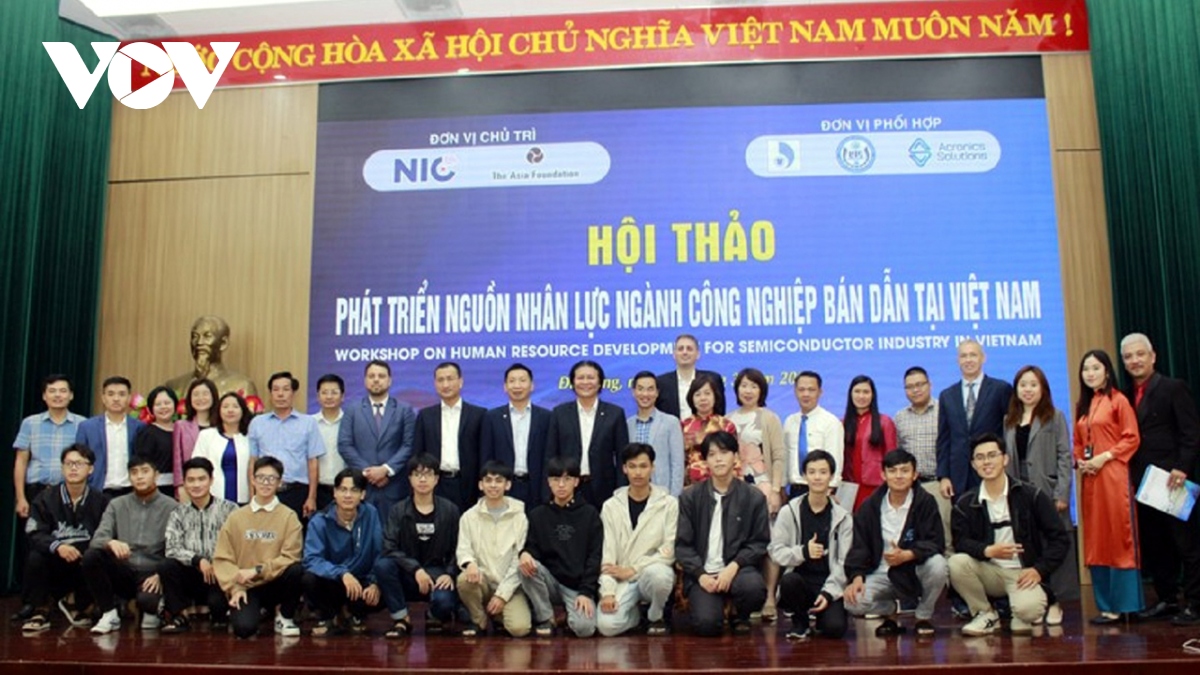
Da Nang opens the course on semiconductor chip design
Recently, in Da Nang City, the National Innovation Center – Ministry of Planning and Investment, the Asian Fund and the University of Engineering Education – Da Nang University opened a course on semiconductor chip design. About 30 students from universities and colleges in Da Nang and the Central Highlands region participate in the course which lasts for 3 months. This is good news for young people who are passionate about this field.
Mr. Nguyen Khac Hung, a student at the University of Science and Technology, Da Nang University, expressed: “I am a student of information technology and I love semiconductor chips. This is also a field that Da Nang city focuses on developing, so I hope that students will have the opportunity to study and find employment right after graduation.”
The highlight of the semiconductor chip design course is that students have access to and use chip design software. With the launch of this training course, the University of Engineering Education, member universities of Da Nang University affirms its pioneering role in training and developing the workforce in the semiconductor industry in the Central Highlands.

Intel commits to support the development of artificial intelligence (AI) training in Da Nang
Assoc. Prof. Dr. Nguyen Le Hung, Vice Rector of the University of Engineering Education, Da Nang University, said that the university is deploying training programs and opening additional laboratories. This is considered the first laboratory in Da Nang City and the Central Highlands region equipped with chip and semiconductor testing equipment. After students design the chips, the university has equipment to test and verify them.
Da Nang City has recently decided to establish two task forces to implement the project “Development of semiconductor chips and circuits of Da Nang City”, including a Working Group and an Advisory Team… Da Nang is determined to build an ecosystem for the electronic, semiconductor, and chip industry. To achieve this goal, Da Nang prioritizes the development of semiconductor and chip workforce.
The goal of Da Nang City by 2030 is that the digital economy accounts for at least 30% of GRDP, with 8,950 digital technology enterprises, 115,000 digital technology workforce, 7 information technology parks, software parks, etc. In recent years, universities and training institutions in Da Nang have actively formed, expanded, and improved the quality of training in the field of electronics and semiconductors to meet the development needs…
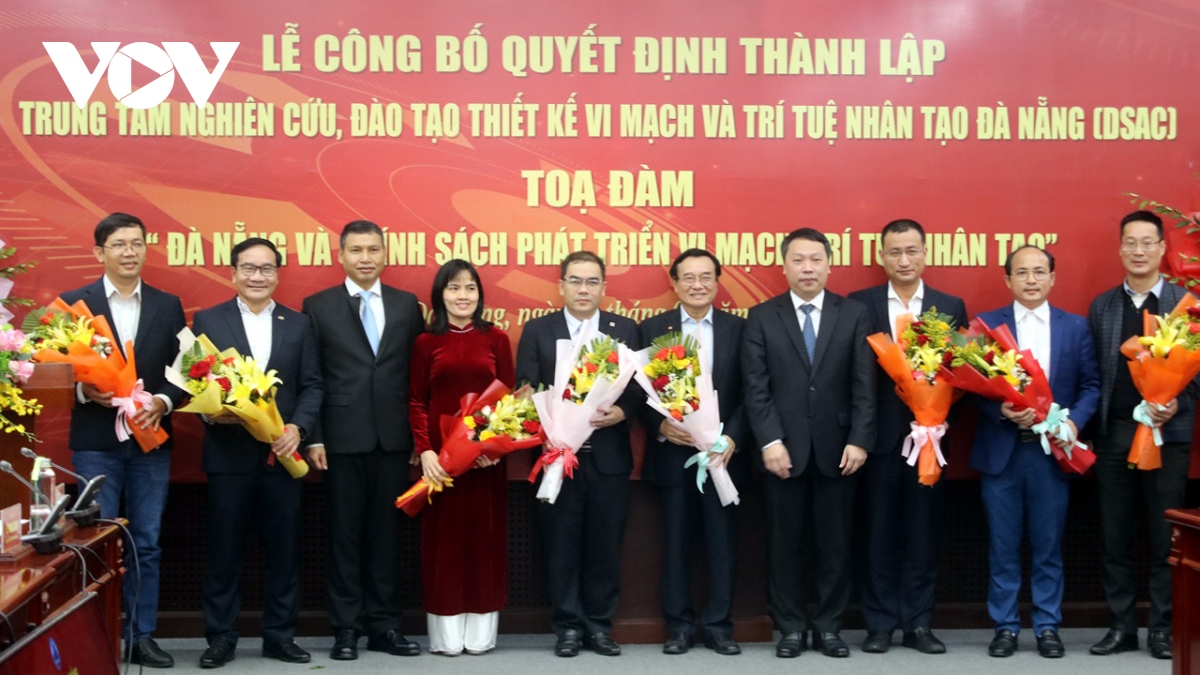
Establishment of the Center for Research, Training, and Development of Semiconductor Design and Artificial Intelligence in Da Nang
Mr. Nguyen Quang Thanh, Director of the Department of Information and Communications of Da Nang City, affirmed that the city is determined to develop the semiconductor industry with human resources as the decisive factor; supplementary training and retraining are important tasks alongside new training programs. Along with that, the city is developing policies that focus on the ecosystem combining the state, universities, and businesses.
These policies include infrastructure investment policies for the semiconductor and artificial intelligence industry; policies to develop and attract semiconductor and artificial intelligence human resources, incentives to attract investment; policies to improve the organizational structure of human resources in the semiconductor and artificial intelligence industry. Especially, the establishment and operation of research and training centers for semiconductor design and artificial intelligence…
“To develop the semiconductor industry, priority must be given to human resources, businesses, and training institutions. At the same time, there must be an environment, regulations, and local management policies to promote the development of human resources, businesses, and training institutions in the semiconductor industry. Support programs for universities and training institutions to access technology to invest in operating infrastructure for the development of chips and semiconductors, such as chip design centers, high-performance computing centers, incubators, research and development centers,” said Mr. Nguyen Quang Thanh.
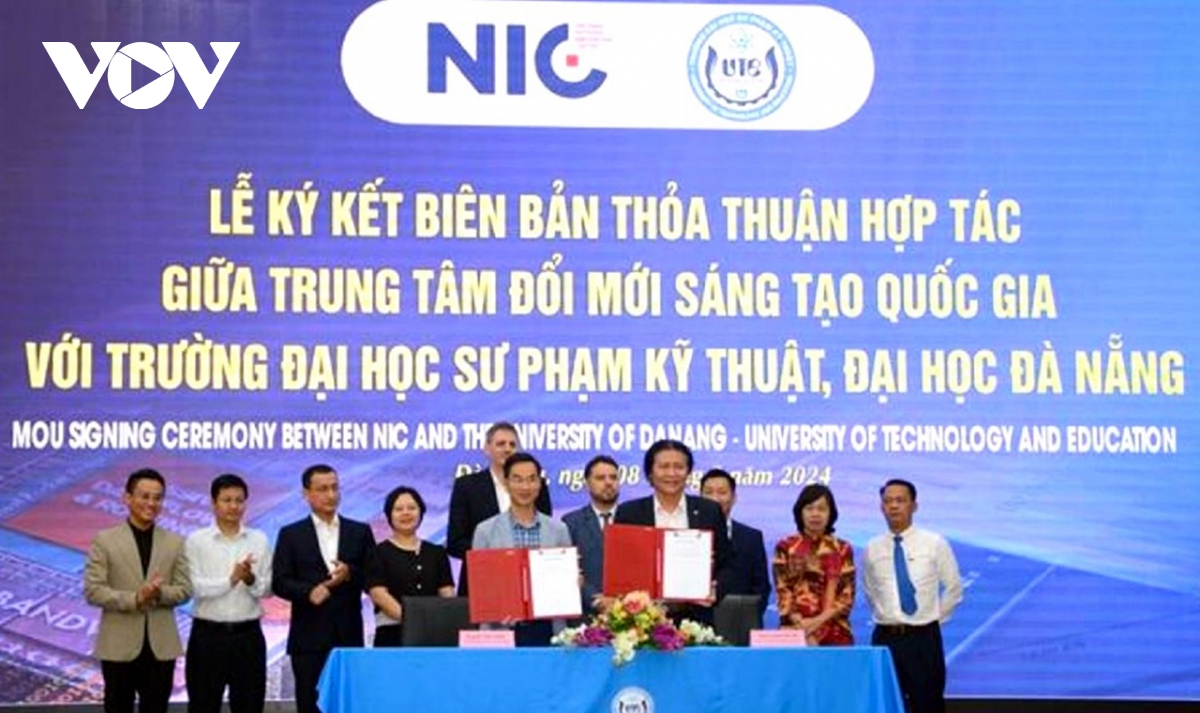
Signing of the cooperation agreement on training human resources for semiconductor and chip industry
According to Mr. Nguyen Anh Tuan, Deputy Director of the Information Technology and Communication Department, Ministry of Information and Communications, the unit is coordinating with localities, industries, universities, and experts to develop the human resources development project for the semiconductor industry by 2030, with a vision to 2045.
Based on surveys and assessments of the needs of operating businesses and the needs of future investors, from now to 2030, Vietnam needs about 50,000 engineers in the semiconductor industry. By 2045, Vietnam is expected to become an important link in the global semiconductor industry value chain with a team of over 200,000 engineers.

By 2030, Da Nang will have 115,000 people trained in digital technology
To meet the human resources needs of the semiconductor industry, the project outlines 7 main tasks and solutions including: training human resources; research and development; investment in infrastructure and technological facilities; attracting experts and talents; creating job opportunities for human resources and supporting business development; supporting implementation; financial mechanisms.
“In terms of human resources training, the focus will be on training lecturers, training regular students, short-term transition training, postgraduate-level human resources. In addition, the project encourages institutions and businesses to participate in the training process. To train high-quality human resources for the semiconductor industry, cooperation is very important. Especially the cooperation between universities, research institutes, and businesses as well as international cooperation,” clarified Mr. Nguyen Anh Tuan.





